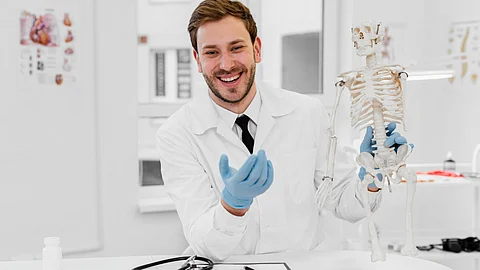A few days back, my husband was dropping me off at my department. I casually mentioned that the students passing by on the university road are all taught by me in their 1st-year MBBS class. To this, he responded that I have contributed to making so many young doctors. I was taken aback by this remark. That offhand comment made me realize how overlooked my own subject — anatomy — has become in today’s clinical education.
Being a doctor was a childhood dream of mine. My father was a doctor, and I had seen him attending to patients ever since I could remember. Being a doctor always meant treating patients, prescribing medicines to them, and healing them. Like every other medical aspirant, I too always had this picture in my mind. Even after completing MBBS, I never thought I would opt for a pre-clinical branch for my post-graduation. It was not until my college allotment in NEET PG counselling that I considered going for an MD in Anatomy.
After five years in the department, I’ve come to realize how underrated our subject is. There are several factors responsible for this. Let's analyze them and try to change them.


